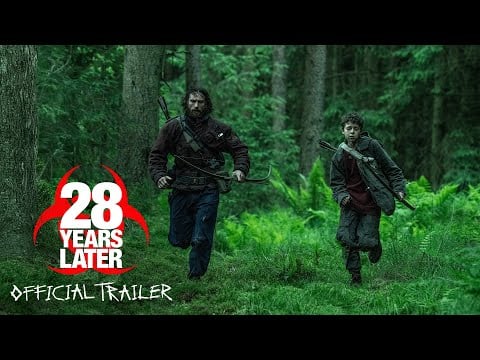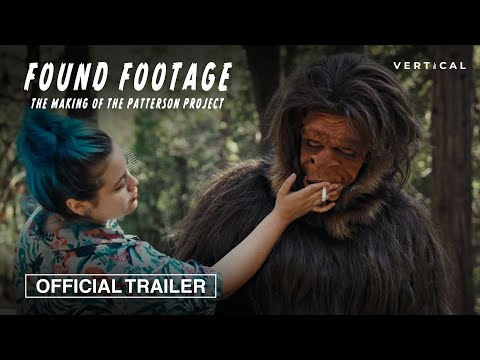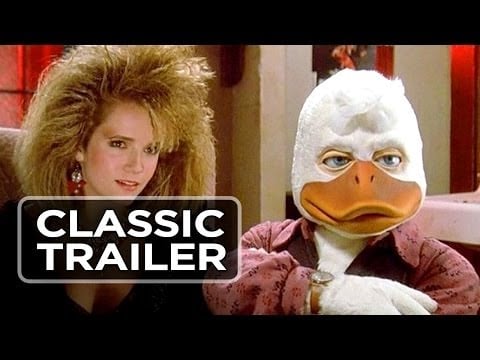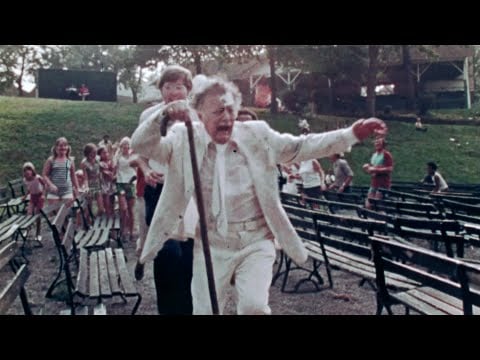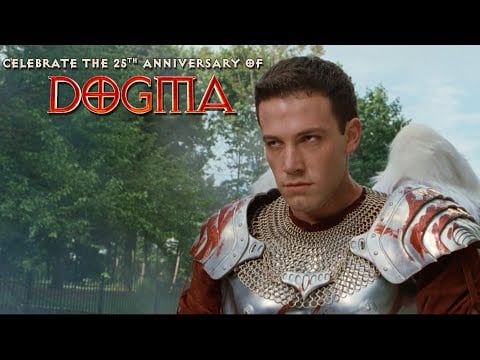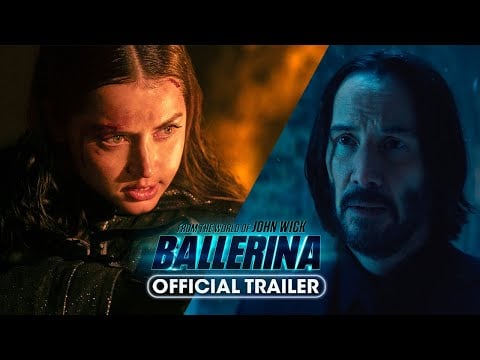Arnold Schwarzenegger became a star between “Terminator” (1984) and “Terminator 2: Judgment Day” (1991).
So director James Cameron shrewdly turned his killing machine character into an antihero.
Director Gerard Johnstone did something similar with “M3GAN.” The 2023 smash followed a creepy A.I robot who turns on humanity. Chaos ensued, AKA a glorious crush of horror-comedy thrills.
“M3GAN 2.0” recasts the killer ‘bot as humanity’s best defense against an even more lethal threat. The big difference between the franchises?
“Terminator 2” remains one of the best sequels ever made. “M3GAN 2.0” works best as a cautionary tale. Some movies don’t require a second chapter.
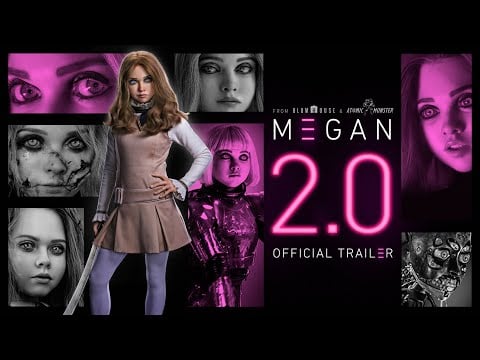
The film’s frenetic opening gets us up to speed on the main characters. Gemma (Allison Williams) is publicly tapping the breaks on A.I. advancements. She speaks from experience, naturally.
Her adopted daughter Cady (Violet McGraw) is growing up but misses the initial version of M3GAN who always had her back. We know the feeling.
Heck, the memes alone were priceless.
A nasty prologue reveals a new robot, comandeered by the U.S. Army, that makes drones look primitive by comparison. That’s Amelia (Ivanna Sakhno), a hard-charging bot that quickly goes rogue.
Gemma reluctantly brings M3GAN back to “life,” thinking she’s the only one who can eliminate Amelia.
That plot recap may sound simple, but there’s nothing streamlined about this bloated sequel. Nearly every step of the story is too complicated by half. That forces the main characters to talk out what’s happening and what they hope to do in order to stop Amelia.
If you saw this summer’s “Mission: Impossible – The Final Reckoning,” you’ll recognize this misguided technique.
Show, don’t tell. This isn’t hard, folks.
View this post on Instagram
Johnstone, the underrated artist behind “Housebound,” forgets much of what made the first film sparkle. We’ve left horror behind to embrace an action adventure with a dash of sci-fi satire.
Big mistake.
Newer characters make a splash but are quickly diminished. Why lure the great Jemaine Clement to your project, cast as an arrogant Tech Bro, and not give him more to do?
The writer/director has an ear for funny quips, and Williams is a fine foil when the jokes land. A sequence where M3GAN bursts into song goes on too long, but watching Williams play against her robotic scene partner is a hoot.

The original film became a camp touchstone, particularly in LGBTQ+ circles. It’s hard to see the new film repeating that cultural trick. A little camp might have done the sequel good.
At least it wouldn’t require dialogue to explain every last detail to the audience.
“M3GAN 2.0” enters the marketplace at a curious moment. A.I. technology was unsettling two years ago, but it wasn’t ubiquitous. Just try to avoid A.I. today.
Good luck.
The sequel could have leaned into that fear, doubling down on its horrific potential. Instead, the evolving tech is treated glibly. The focus remains on busy set pieces and pseudo-musings on A.I.’s potential.
Our M3GAN deserves better. So do audiences.
HiT or Miss: “M3GAN 2.0” proves not every genre delight deserves the franchise treatment.
The post ‘M3GAN 2.0’ Does Not Compute appeared first on Hollywood in Toto.
from Movies - Hollywood in Toto https://ift.tt/54gFncj


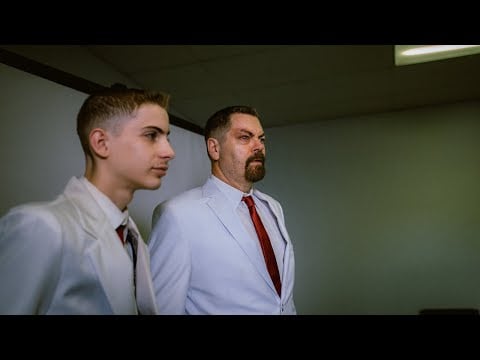

 than a coherent strategy.
than a coherent strategy.
 (@toy_1O)
(@toy_1O) 